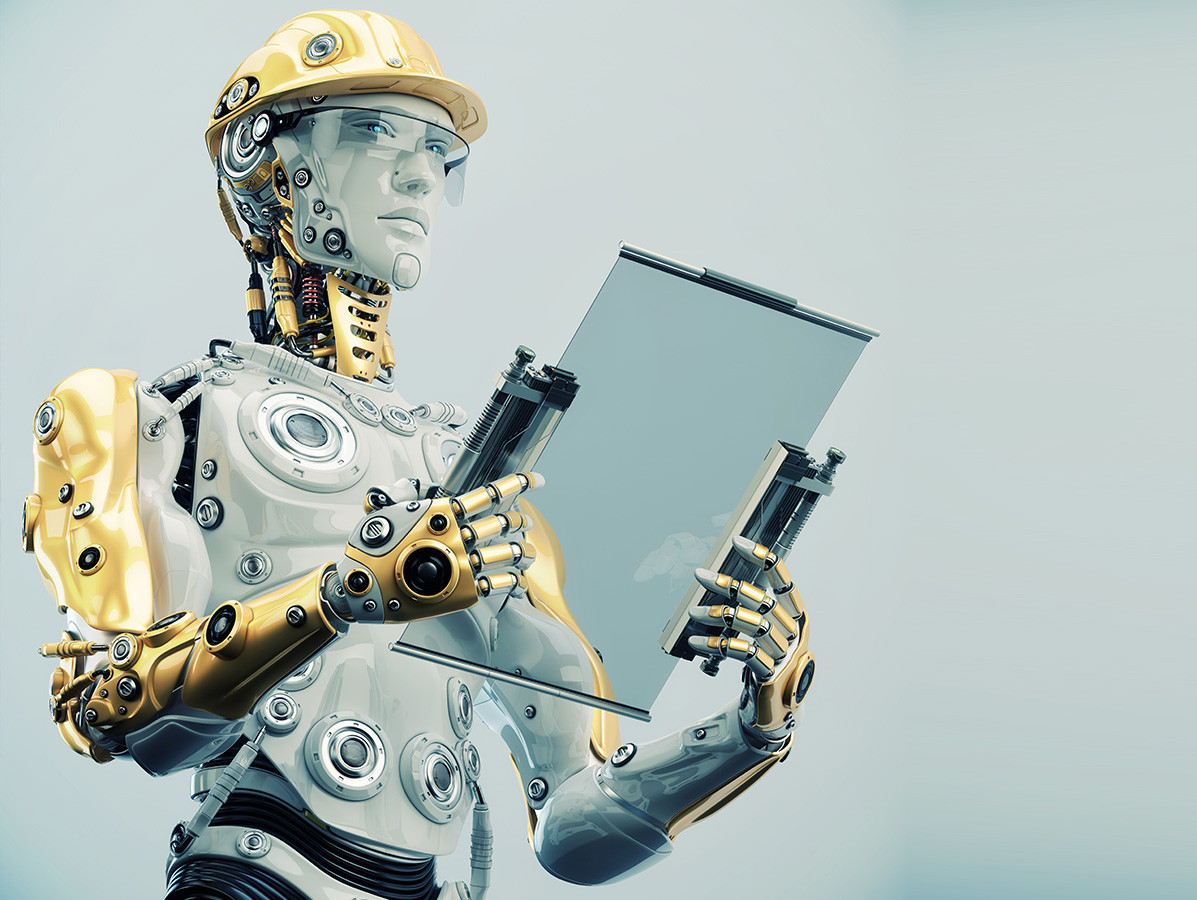
Where do the raw materials come from? How much energy does the machine consume? Can production be more efficient? What is the temperature and the humidity? How can I reduce my CO2 footprint and avoid waste? To find answers, you need data; lots and lots of data. And therefore techniques that can generate, combine, analyse and interpret it. How do you make your Food Factory a bit Smarter?
Ten years ago, it sounded like science fiction. Now it is possible: to solve a fault in the production line without having to stop production for a single second, thanks to simulation software and 'Digital Twins'. Robots can communicate with each other, detect faults themselves and give you timely warnings about where and when maintenance is required. We can track exactly by whom and where an ingredient was brought into the chain, 3D print a steak, and pick up breakable biscuits with a gripper arm.
We asked machine builders and software suppliers supplying the food processing industry: what are your innovations and novelties and what can you do with them? What customer demand prompted this innovation? And, since circularity is also a prerequisite for success these days; what sustainability trend(s) can you tackle as a producer with the innovations?
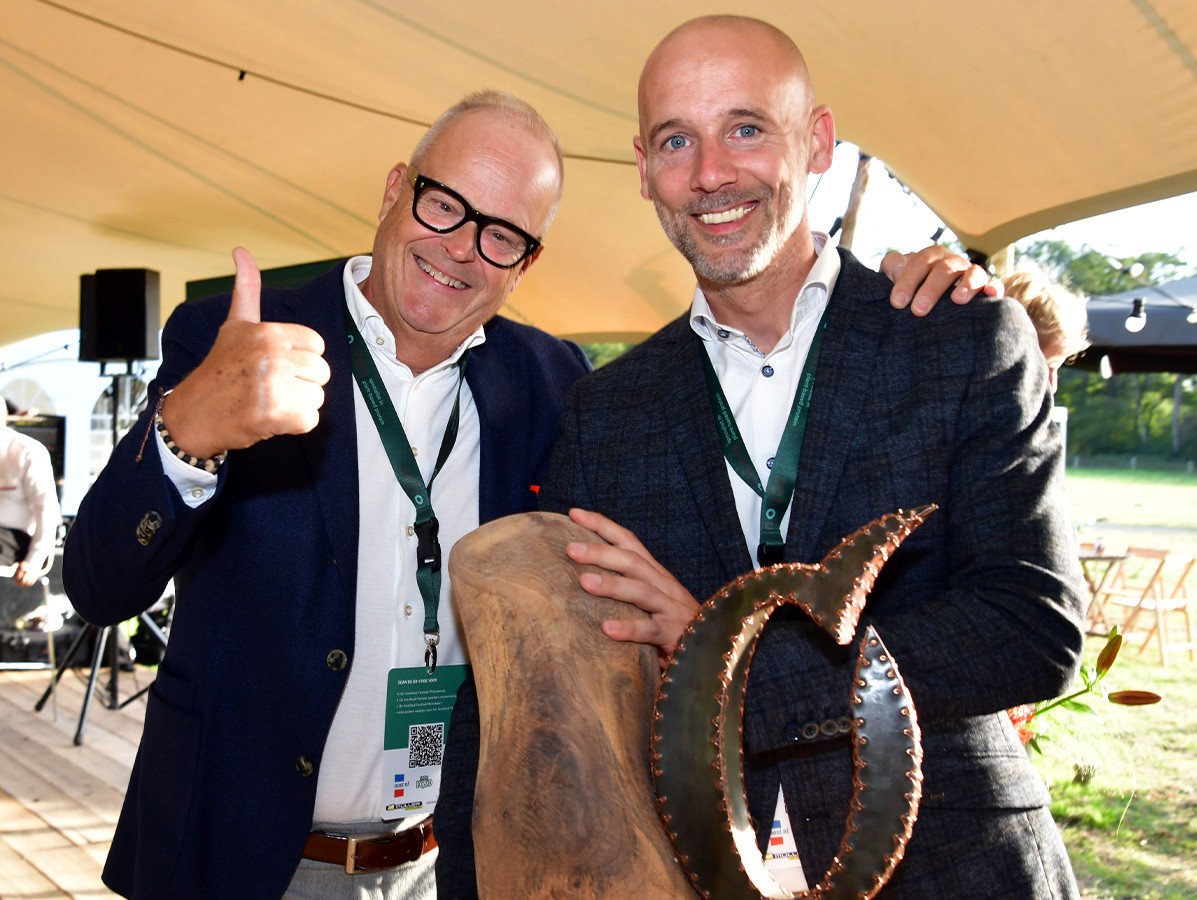
Albert Heijn is working on packaging reduction in their stores and, to meet their targets, decided to look at reduction gains in a high-volume product: fresh minced meat. An innovation process started with several partners to develop a new packaging type. Hilton Meat supplied the minced meat, Fuji Packaging Benelux was one of the subcontractors.
Peter Matel, director Fuji Packaging Benelux, looks back on the AH challenge: "Besides using considerably less plastic, the packaging had to be compact and stackable. And of course guarantee a good shelf life; in other words, MAP packaging. From various tests (set up by retailers) with mono-foils from various suppliers, the Fuji Alpha 8 Flowpacker with B16 chisel group proved very capable of handling them. This machine is now the industry standard for high-volume (many CE/Minute) lines. It can properly seal practically any mono-film, regardless of the supplier, resulting in dense MAP packaging. Plastic savings with this machine can be as high as 70%." But it yields more: thanks to more compact and stackable packaging, fewer trucks are needed to transport the same amount of product. And in the supermarket, the packaging takes up less space in the cold store: retailers therefore lose less refrigeration power per unit. Peter sees it as a trend: "In innovation processes, don't settle for a benefit that presents itself first, but look for what else is feasible. We see this broader view of innovation more and more in the market, and of course also within our own company." That mindset is paying off: Fuji's innovation was awarded the INNOFOOD AWARD 2022, an award given to a company that brings an innovation with impact to the market.
Fuji Flowpackers, incidentally, have the ability to communicate with machines remotely. "For that, however, the customer has to agree to an internet connection," says Peter. "This allows us to help them more quickly with minor adjustments, for example when setting up new packaging sizes. It shortens the lead time on support. Processing mono-foils requires more knowledge regarding the right settings for your packaging machine. Think of sealing time, temperature and pressure. That is why we also work together with various film suppliers and provide training courses from our training centre in Lelystad to meet that knowledge requirement."

Recently, MULTIVAC launched a completely new machine line that is almost entirely sensor and digitally controlled: the X-line. Mart de Koning, Manager Sales at MULTIVAC explains: "What is happening is monitored in real time. Based on this, actions are initiated within the machines. This results in up to 25% higher capacity and more reliable machine performance. Our Smart Services, such as OEE and production overviews, are also available on this machine. This allows users to check the situation and status of the machines in real time and make adjustments where necessary. Of course, alarm settings can also be programmed so that the relevant people are alerted when certain KPIs are not met. Another big advantage is Remote Assistance. This allows our helpdesk employee to 'dial in' to the machine and - together with the customer's operator or technical support person - check and repair any faults or incorrect settings. This saves waiting times and mechanic costs. But more importantly: one can start production earlier!"
MULTIVAC is a trendsetter with regard to innovations in packaging, Mart says proudly. "For example, the first servo-controlled machines were ours, as are now the sensor-controlled X-line machines. We are increasingly replacing air-controlled components within the machine with electrically driven components. This is because air is a very expensive form of energy. Our customers are increasingly asking for the ability to access the machine digitally. Data is king. If you can analyse what is happening, you can manage your packaging process better. An important part of this is Digital Consulting. This is where we monitor the machine in outline form and give advice on common malfunctions or downtimes."
"Efficiency, reliability and capacity of machines are very important elements for our customers," he continues. " All of those three are increasing! However, one has to be willing to share data for this to happen, and some companies are still reluctant to do so. In our opinion, this is not justified. After all, the data should not be kept, or only kept to a limited extent, and should only be used for that specific customer."
In terms of capacity, the updated technology is often an improvement, as more product can be packed per unit time. With emphasis on 'can', because it is as fast as the slowest link; it also demands something from peripherals."
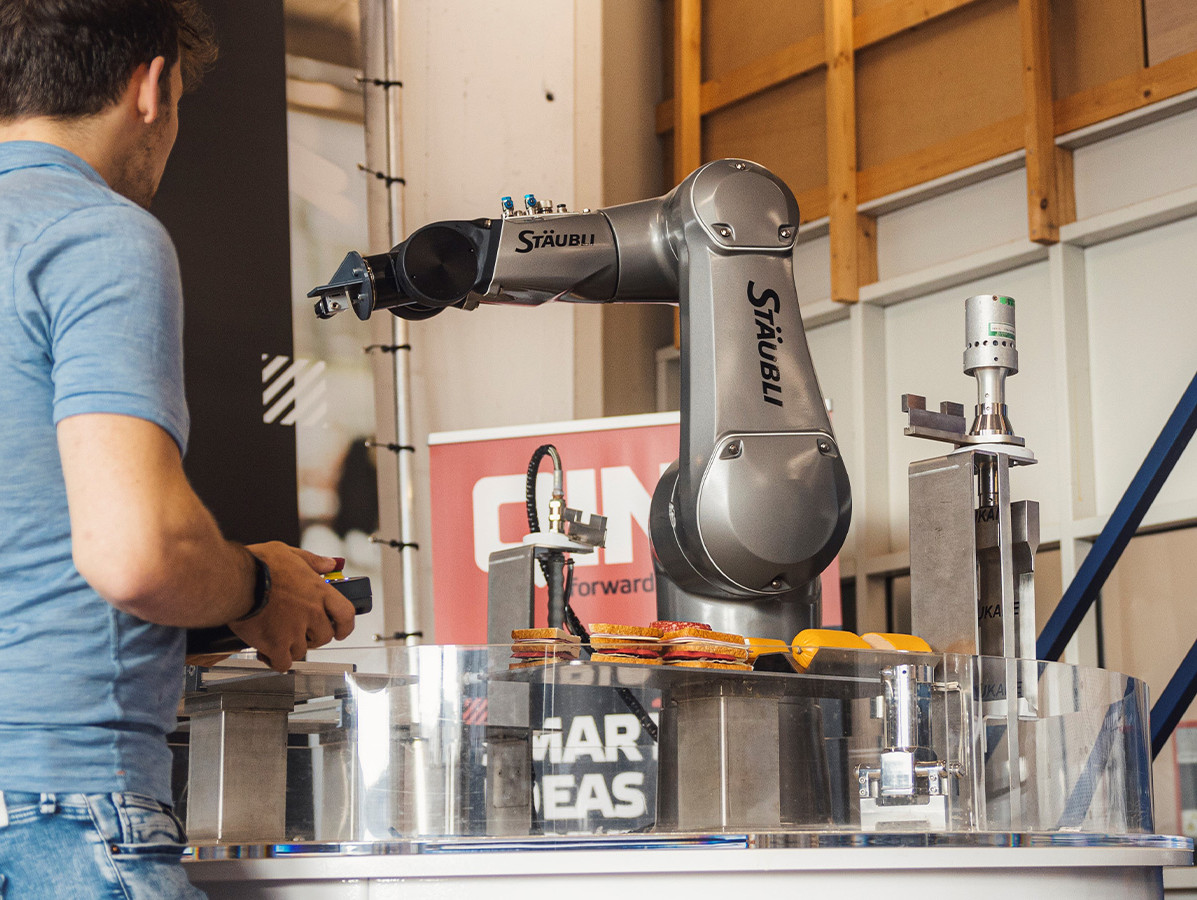
Within its robot range, Stäubli Robotics has a range entirely focused on production environments for organic products: the Humid Environment (HE) line. The HE robots are waterproof and resistant to chemicals; important for both cleaning speed and machine durability. The 'Development Lab' of QING, a high-tech engineering company that provides the agri and food market with access to advanced technologies such as Digital Twin, simulation, AI and Vision, also features robots from Stäubli. "We offer a place where clients can have the feasibility of complex problems tested, without making large investments in automation beforehand," says Bram de Vrught.
"Automating, processing, sorting and packaging organic products poses major challenges," he knows. "No product is exactly the same, products are fragile and you are dealing with wet, high- and medium-care environments. The pressure to produce more in a shorter time is increasing, labour is scarce and you need to minimise your waste without compromising the quality of your product. It makes the move to automate processes complex; there is no standard solution. The combination of technologies such as AI, vision, data and simulation offers tremendous opportunities, but it is a big risk to invest in something you are not 100% sure will work. Who would dare to take such a risk?"
"Thanks to the cooperation with Stäubli, we are better able to identify which automation scenarios are (financially) feasible and what is ultimately the best solution for the food company's own situation. With our phased approach and targeted roadmap, you and your team will get to the heart of the matter faster. You will keep your costs manageable and the risks as low as possible. However, it is important to involve both stakeholders and employees right from the start of the project. Creating support during an innovation or improvement project is essential for achieving success."
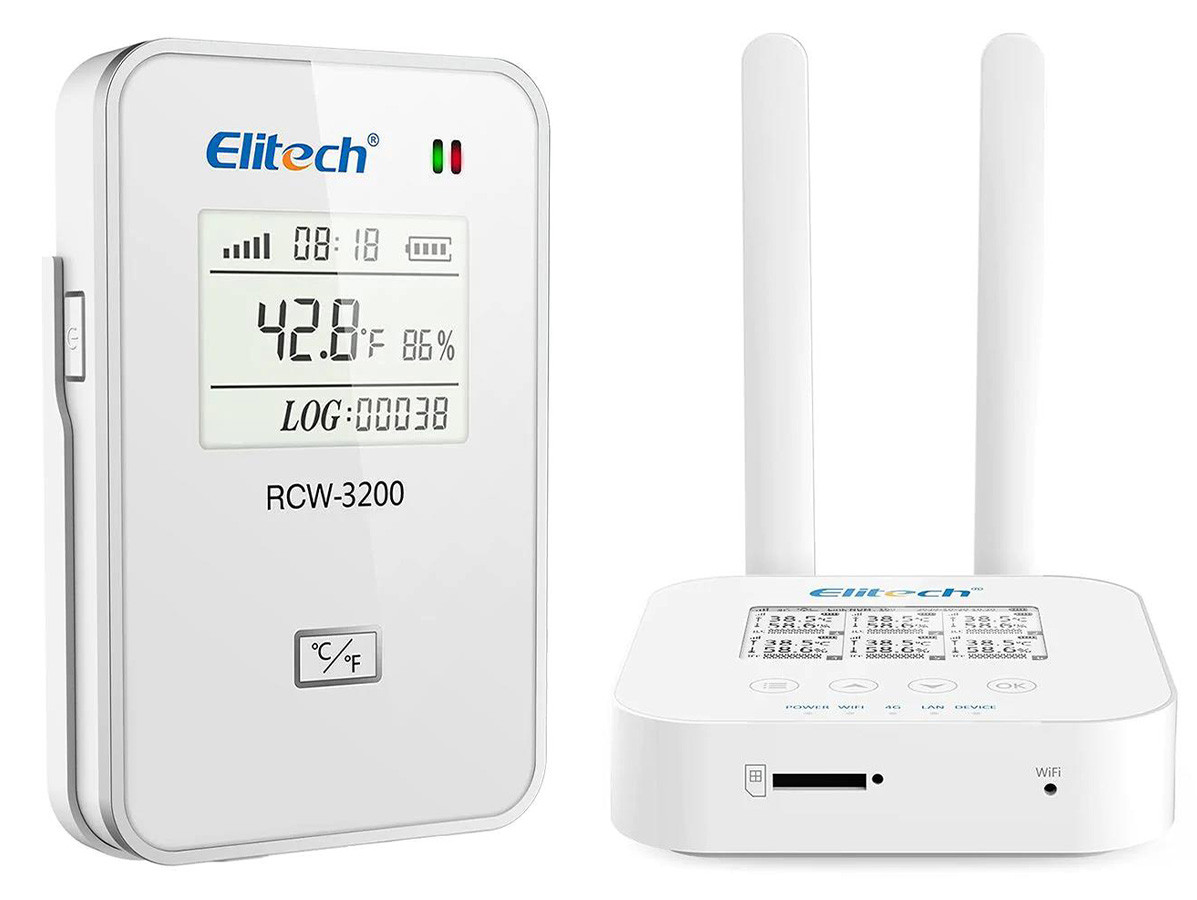
"Correctly measuring, recording and managing temperatures is essential in the food industry. Collecting data and displaying it correctly, in the right format and on the right platform, is also becoming increasingly important. M2M communication can no longer be ignored on the shop floor," states Ryan ter Bals, CEO Elitech Europe BV.
"Very recently, our RCW-2000 wireless monitoring system for temperature and relative humidity was updated to the RCW-3000. Via a gateway, and possibly amplifiers, we build our own network in which wireless modules communicate freely with each other and send their data to a central (cloud) database. This data is in turn available in real time and in the right format for various information carriers and operating systems (M2M).
"By measuring and managing data correctly, you control processes better, faster and more refined, it prevents waste. Unfortunately, we see that the importance of this is still often underestimated. In the food industry, temperature is an extremely important parameter. Partly due to incorrect measurements, receiving data too late, wrong temperatures during heat treatments, wrong temperature during storage/transport, etc., a lot of foodstuffs are lost; a lot even. This is not only a waste of the foodstuffs themselves, but also a waste of the energy, labour and logistics already put into the process."
"Having temperature data available quickly can help enormously in saving energy. The oven could perhaps be a few degrees lower, the turnaround time a little less. Small adjustments can sometimes yield huge savings; very welcome in this day and age. With our products, knowledge and expertise, we try to contribute to these savings, and improve processes. And with a 120 FTE R&D department in China, we remain at the forefront of our innovations."
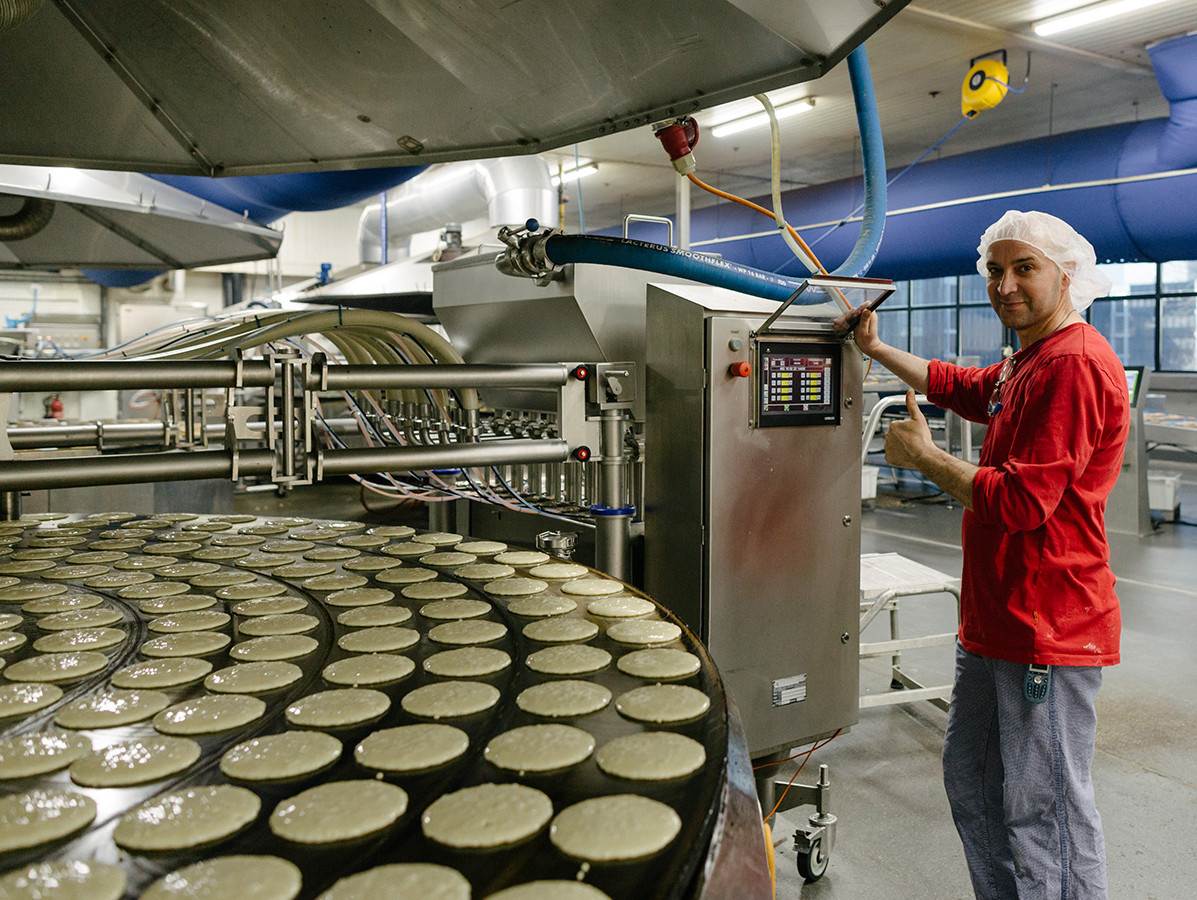
"More and more data is being collected and stored by companies. This offers opportunities and challenges for companies to make the step to becoming data-driven organisations," says Roy Meenderink, delaware. "We develop innovations together with our customers. Twice a year, our partner SAP comes out with a new release. The latest ERP release, SAP S/4HANA, uses technologies such as AI, machine learning and IoT. Our most recent innovation is a gamification app, developed within our DEL20 innovation initiative. In it, we work with customers on projects to make their organisation work better, easier or more efficiently. The gamification app was developed with our client Cérélia, an international supplier of pancakes, poffertje (Dutch mini pancakes) and chilled dough products. One of their goals was to reduce waste on the factory floor. They wanted to achieve this by increasing overall employee engagement.
People were playfully involved in the company and work process during the pilot through the app. There is a 'cooperative element' to it: the app measures the waste score per shift and per department. At the end of their shift, each shift immediately sees their waste score. The 'game' is aimed at creating togetherness: winning together and achieving high waste reduction scores. By using the app, Cérélia employees became aware of the amount of waste thrown away. They talked to each other about waste reduction and adjusted their behaviour.
The app is linked to the user's Intranet app; so you have to take into account that to access the app, each user must receive their own username and login, as well as have a phone to run the app on. When further developing the app, we focus on usability and a direct connection with other KPIs (live insight). Cérélia wants to use the app frequently; also for achieving KPIs such as gas consumption and line efficiency."
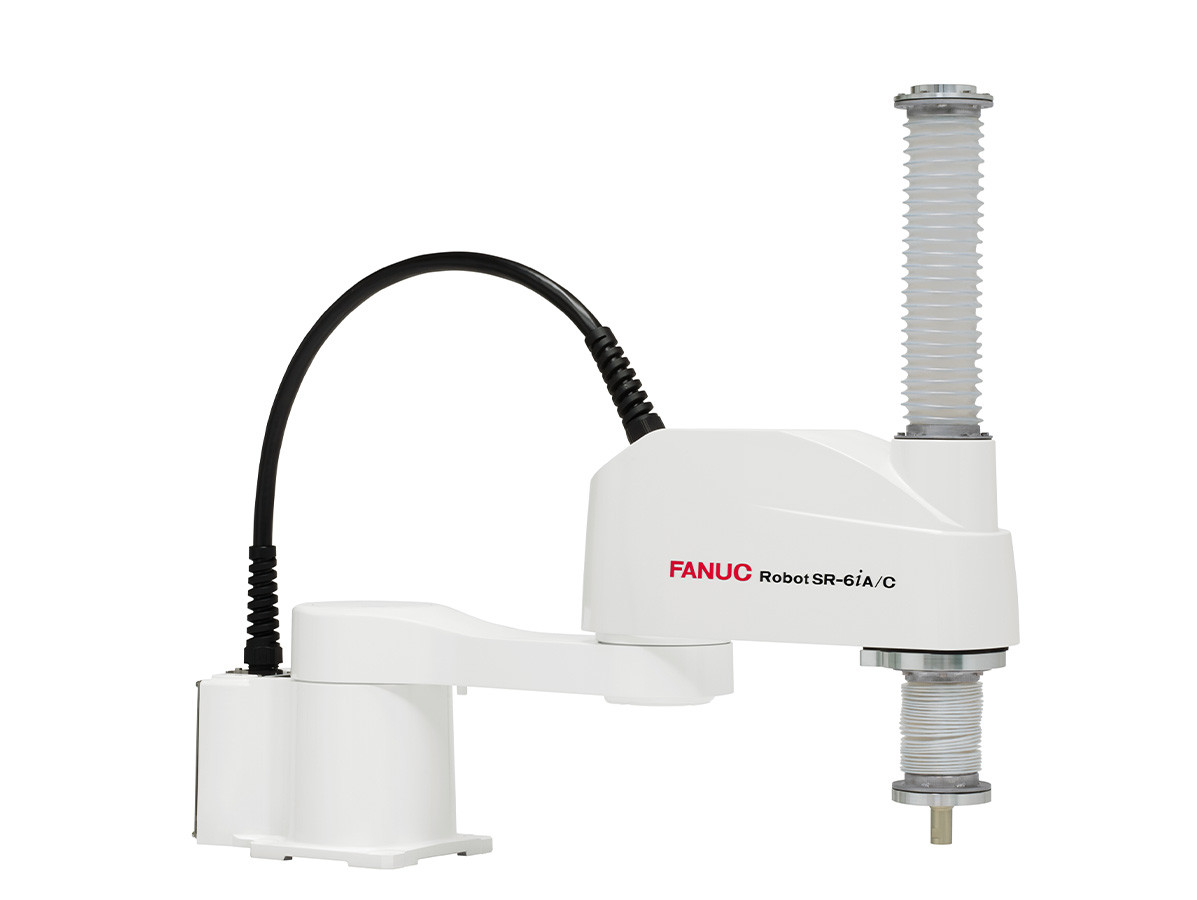
"We continuously survey the market and our customers to know the needs and requirements on which we base our further development of new products. In doing so, we regularly find that the food market is not always aware of the possibilities of robots. There are also still quite a few preconceptions, for example about the price and complexity. But it's not all that complicated, and robotics is a clean process. Servo technology consumes very little power and with our power regeneration module you can even recover energy. Because we continuously monitor the process and production parameters, you can also save costs with predictive maintenance," says Paul Bakker, Area Sales Manager Robotics at FANUC.
A number of robots have been added to the FANUC robot range that fully meet the hygiene requirements that apply to the food industry: i.e. stainless steel parts, food grade grease and an IP-Rating of at least IP65. "The delta picker DR-3iB/8L with a payload of up to 8 kg and working range of up to 1600 mm, and the handling robot R-2000iC/210WE, with a payload of up to 210 kg and working range of up to 2450 mm, are great examples."
Two other new models; the FANUC SR-3iA/C (3kg payload, 400mm reach) and the SR-6iA/C (6kg payload, 650mm reach), operate in a 360° perimeter. Thanks to their design - on a pedestal - they are ultra-compact and space-saving. Fully integrated features in the SCARA robot's arm, such as magnetic valves and pneumatic air lines, reduce interference contours and jams. Both robots can also easily correct errors via a brake light switch on the arm.
A white epoxy coating provides extra durability. During cleaning, a special bellow protects the spindle. Food-grade NSF-H1 certified grease and anti-rust bolts are used as standard. The robots have a web-based user interface (FANUC iRProgrammer software) and are extremely precise; they provide ±0.01mm repeat accuracy in the linear axes and 0.004° in wrist rotation. The wrist standard offers ±720° movement (speed of 3000°/s), with continuous rotation optional. Those looking for a plug-and-play solution can opt for fully integrated technologies, such as the iRVision visual detection system, and iRPickTool for intelligent tracking of goods on a moving conveyor.
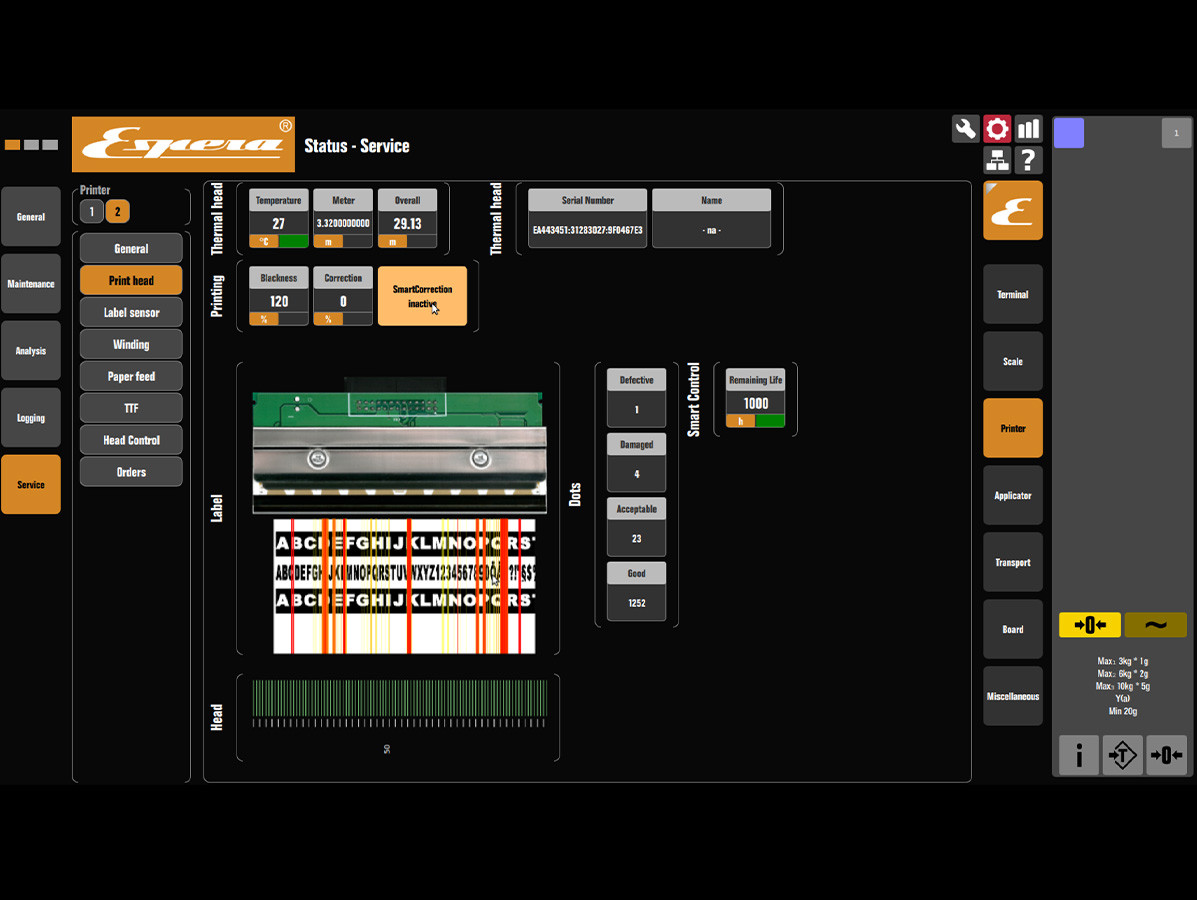
"When surveying our customers, we found that the wearing part of thermo frames on weighing and labelling systems, alongside label roll change, causes the most disruption to production," says Jan Zwaan, director Espera Netherlands. "This is why we have incorporated sensor technology in our latest machines. Which makes it possible to monitor the wear status and print quality of thermo frames. This technology can also detect the end of life of the thermo frames. This avoids unplanned downtime caused by having to replace the thermal strip. Moreover, it allows you to avoid retailing products with poor label prints. The ESPERA NOVA machines support full control of the thermal list with the new Smart Control function."
Predictive maintenance is becoming increasingly important, he signals. "Now an operator can replace the thermo-lists at a schedulable time, for example during a break or at the end of production."
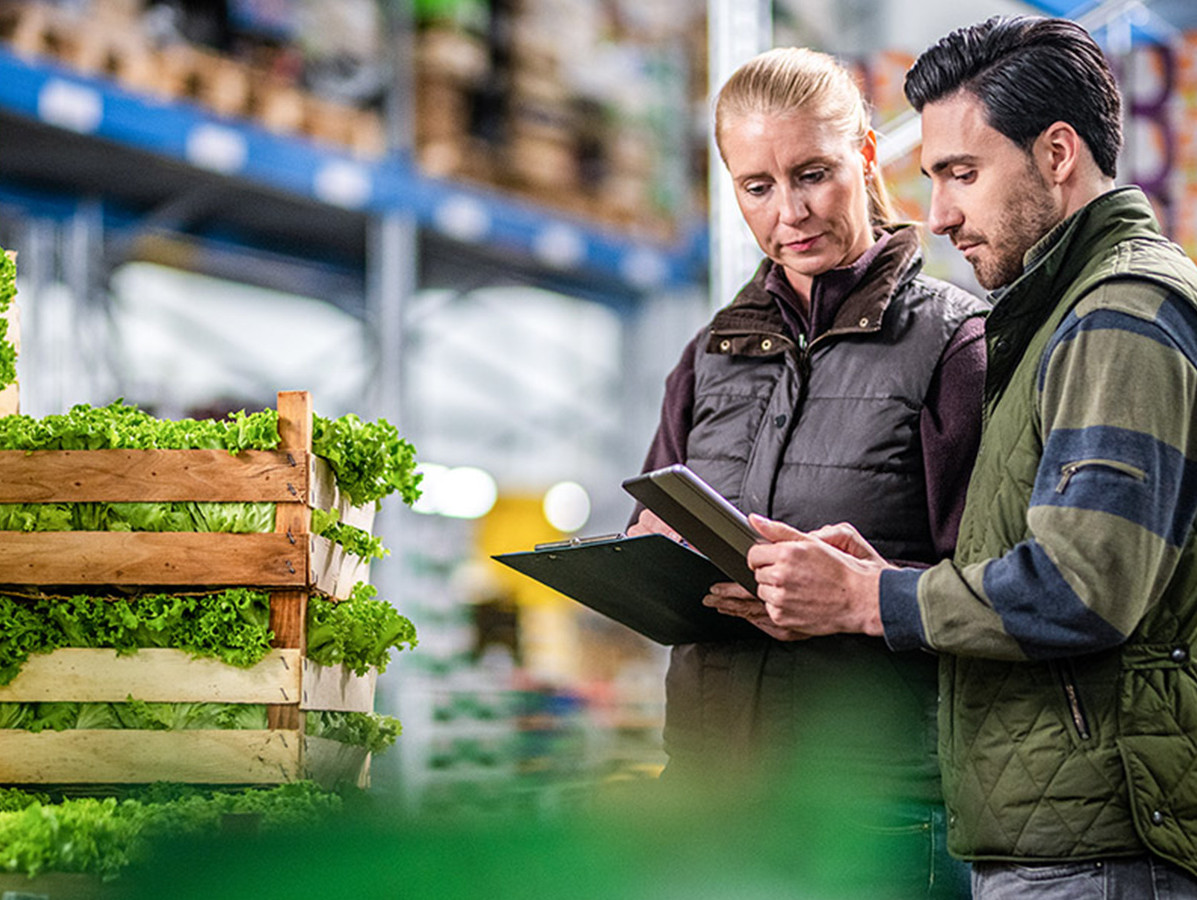
"Companies now have a very difficult time getting staff. They also suffer from fluctuation in staffing levels; the new generation no longer stays with one and the same company for so long", says Erwin Kooke - Head Northern Europe CSB-System. "As a result, processes have to be increasingly digitised and automated by robotic systems. In part, this creates other types of work on the production floor, such as operators who can monitor the systems. However, what we see is that many systems running in food companies complement the existing know-how in the company. We think it should be the other way round: the system should work for you, not you for the system. And it only really becomes a complement if the intelligence is bundled: demand and supply planning in one system!"
CSB offers all kinds of solutions for this. New features include the web apps as standard configuration CSB -ERP Mobile ERP. But updates and innovations are everywhere, right down to the smallest corners. "From improved grading systems, vison quality, automatic product recognition technology and updated user interfaces, to advanced image documentation and, for example, automatic crate and barcode recognition. Within your company, by using automation and these technologies, you can save a lot. For instance, exceeding the expiry date is a major cause of batches becoming unusable. Integral production planning of raw materials and finished products helps prevent products from being 'forgotten' or 'not visible'. Correct deliveries to customers with the right labels and products prevent unnecessary return and recovery transports. So in addition to food and transport waste, smart integrated software also has a positive economic effect."
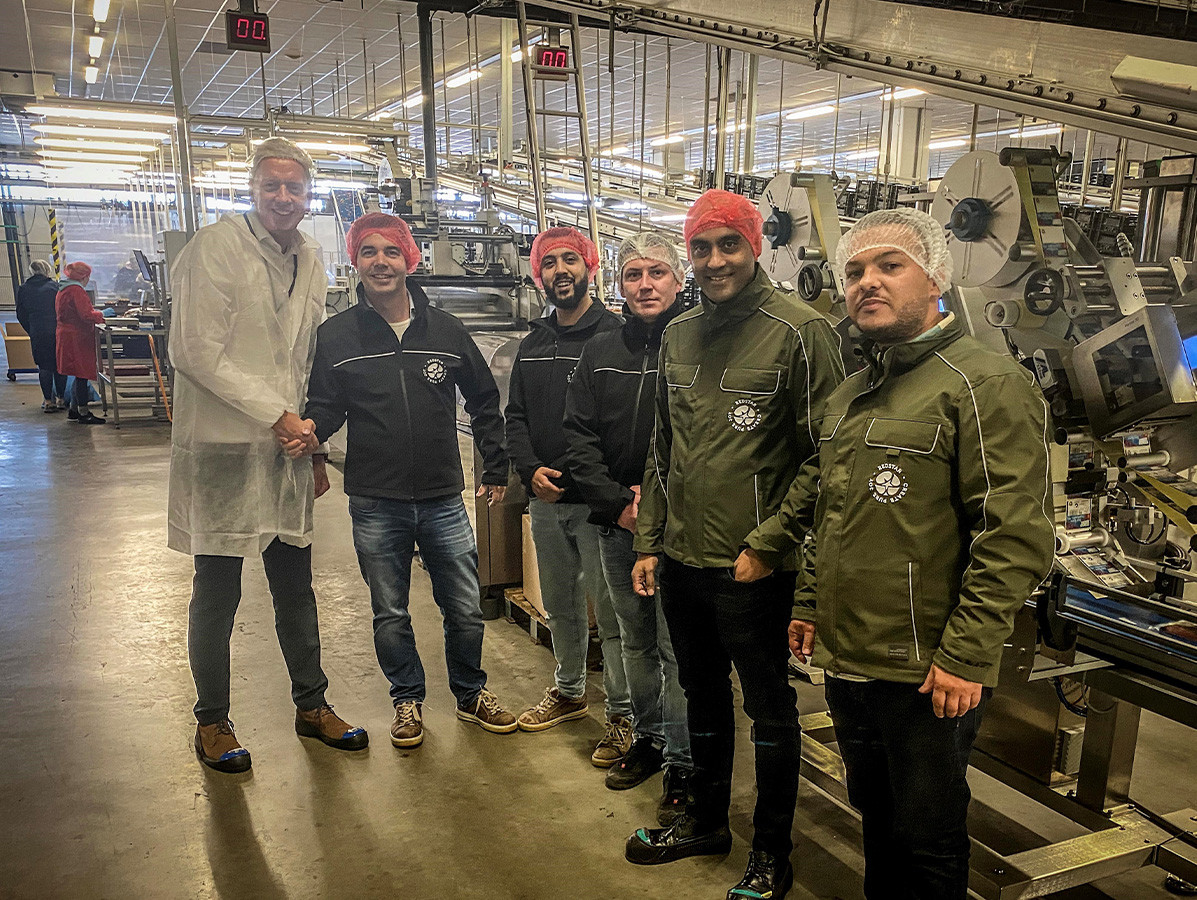
Tomato specialist RedStar, a pioneer in tomatoes for 70 years, managed to reduce the number of incorrect labels on packaging containing tomatoes by 60% by deploying smart software. "The tomatoes are led to the packaging machine via a conveyor belt. There, trays are filled, packed and labelled with the tomatoes' characteristics," says Martijn Dekker, General Manager Redstar. "The labelling machines in our packing station were outdated. Breakdowns were occurring, the lines were down more often, maintenance costs were rising. And the software no longer met today's requirements; the machines were still set manually. This regularly led to errors when a different type of tomato was packed and the printer was not set to the label with the correct characteristics. Products regularly had to be relabelled, and precisely repackaging and relabelling involves a lot of costs. Label and coding specialist De Koningh helped us out by deploying NiceLabel software; they are an approved supplier and so-called 'NiceLabel Solutions Partner'."
"We looked very carefully at what information we get from our ERP system and what we want to print on the labels," he continues. "You can imagine that there is a certain kind of error risk in it: so many labels, so many customers and so many specifications. That's why we brought the checking process forward; the operator is now responsible for checking the variables before the order is scheduled on the line."
Ryan Muradin (IT Manager Redstar) says that setting up the printers is now done at a central point; with the ERP system allowing communication with all printers. "The integration with the existing scheduling software works seamlessly. API links with existing software make work faster with significantly less chance of errors. We extract all information and variables from our ERP system based on customer specifications. We then create the labels, batch- and customer-specific. The labels are digitised and displayed in the production planning and then printed at the production lines. We no longer have to work with different printer drivers; control is centralised at the production line. This solution even recognises whether a line has sufficient and correct label printers for the specific job."
Source: Vakblad Voedingsindustrie 2022